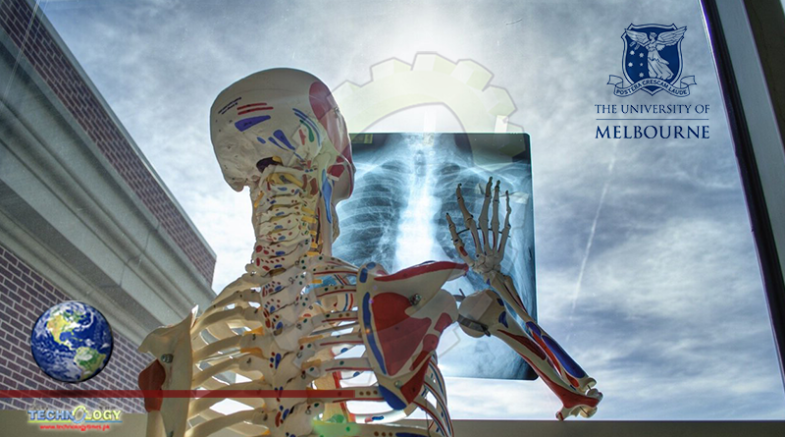In An Article Published In The Magazine Advanced Functional Materials Researchers Present The World’s Thinnest X-Ray Detector

Scientists are breaking records by creating the world’s thinnest X-ray detector, Exciton Science/University of Melbourne. In an article published in the magazine advanced functional materials Researchers present the world’s thinnest X-ray detector. Manufactured from tin monosulfide (SnS) nanosheets, the invention represents a potential advance in the field of biology and brings the expectation that one day it will be possible to follow cellular processes in real time.
know more
The device is only 10 nanometers thick. Previously, the thinnest detector was between 20 and 50 nm. To give you an idea, the sheet is about 100,000 nanometers thick and our nails grow about 1 nanometer every second. “SnS nanosheets respond very quickly, within milliseconds. We can scan something and get the image almost instantly,” he says, in the noteProfessor Jacek Jaisinak, Department of Materials Science and Engineering, Monash University, Australia. The high sensitivity and short response time of the detector are due to the high photon absorption coefficients of the tin monosulfide nanosheets.
Perhaps it is possible to use this during the interaction of cells. Not only will we produce a static image, but watch the proteins and cells develop and move via X-rays, Jacek says. Thus, it will be possible to discover more information about the structural features of many species – properties that conventional X-ray detectors cannot provide us with due to the low spatial resolution and limited sensitivity. It should be noted that X-ray detectors fall into two main types: those aimed at identifying “heavy” X-rays (used in hospitals to check for broken bones, for example) and those aimed at “light” X-rays, which have less energy and are absorbed by the air more easily. This is the second category of interest for cell biology.
One way to detect “light” X-rays is through a synchrotron, a particle accelerator similar to the Large Hadron Collider in Switzerland. However, access to this infrastructure is very expensive and difficult to guarantee. Therefore, the world’s thinnest X-ray detector is another advantage of science. There is still much work ahead to explore the full potential of SnS X-ray detectors. But for now, the researchers hope that their findings will open the door to developing more sensitive devices based on ultrafine materials.
This news was originally published at Lodi Valley News
